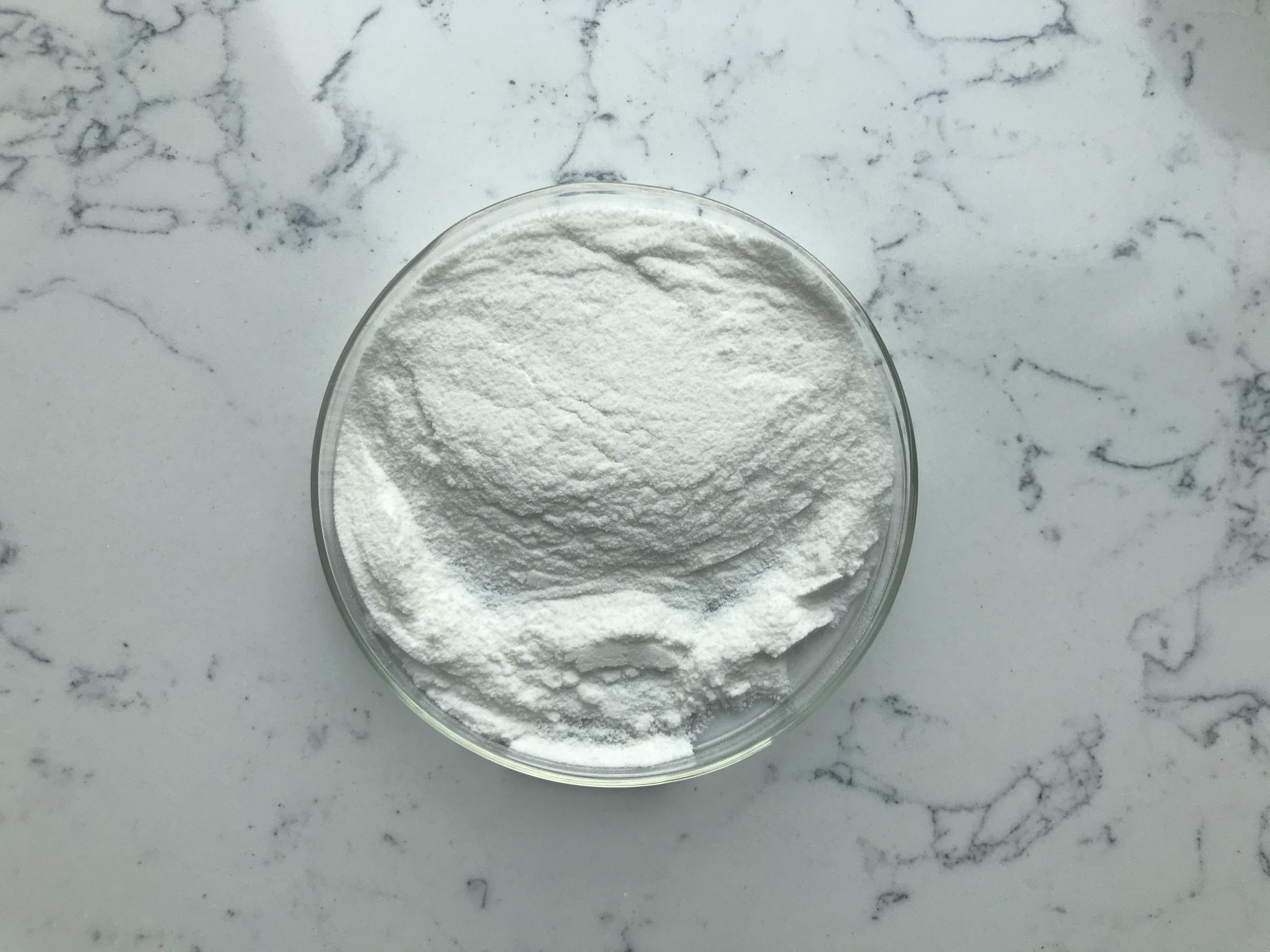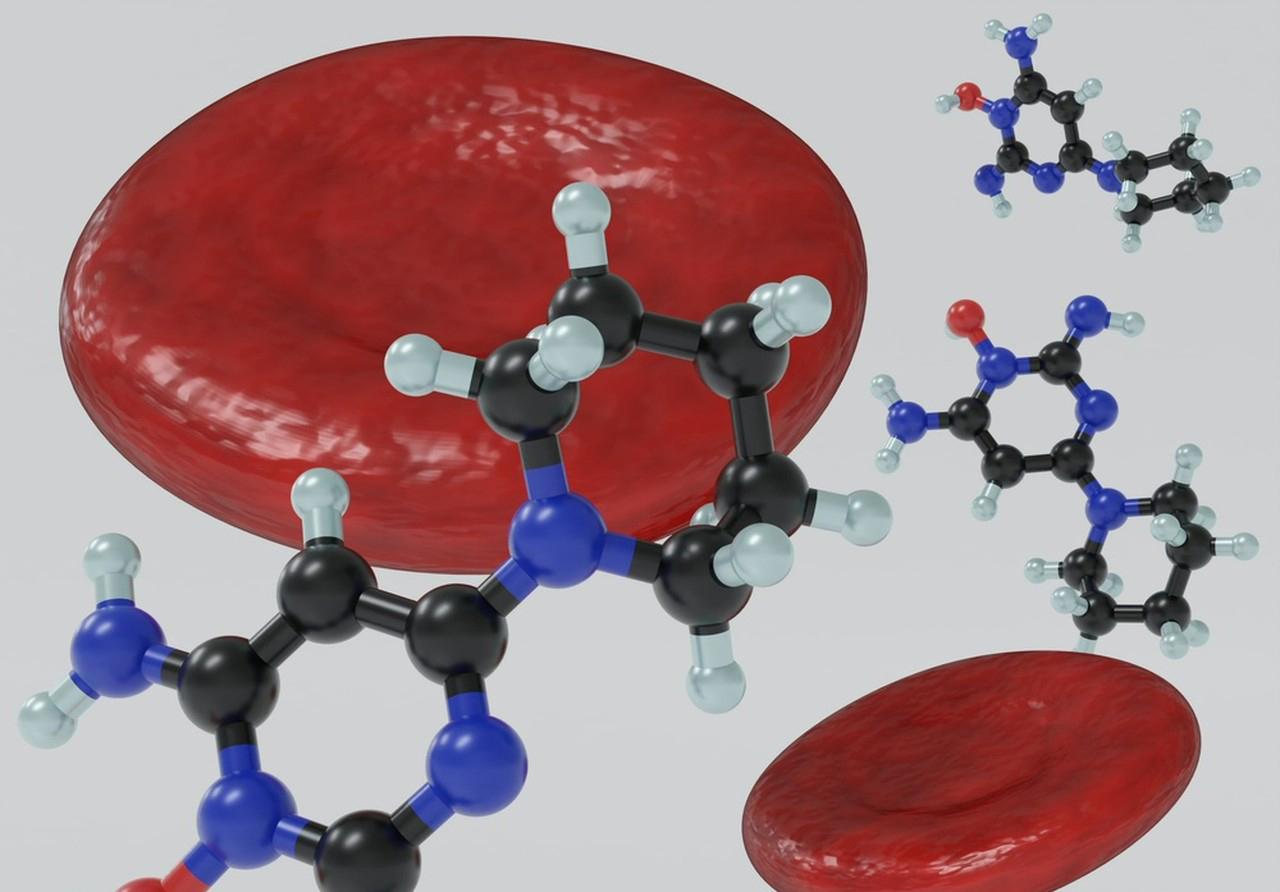Minoxidil is a topical medication commonly used to treat hair loss, particularly in cases of androgenetic alopecia (male and female pattern baldness). Here’s an overview of its effectiveness, side effects, and special precautions:
Effectiveness of Minoxidil:
1.Hair Growth: Minoxidil has been shown to help stimulate hair growth in both men and women, particularly in cases of mild to moderate hair loss. It works by increasing blood flow to hair follicles, which can enhance hair follicle size and stimulate new hair growth.
- Men: Minoxidil is often effective for treating hair loss at the crown of the scalp. It can help slow hair loss and promote hair regrowth, but it’s generally less effective for receding hairlines.
- Women: Minoxidil can also help women with thinning hair, especially in the crown area.
- Timeframe: It may take 2–4 months of regular use before noticeable effects are seen. Full benefits typically appear after 6–12 months of use.
2.Formulations: It is available in 2% and 5% topical solutions or foam. The 5% formulation tends to be more effective, especially for men.

Side Effects of Minoxidil:
Most side effects are mild, but they can include:
- Scalp Irritation: This is one of the most common side effects and can include redness, dryness, flaking, or itching at the site of application.
- Unwanted Hair Growth: In rare cases, users may experience unwanted hair growth in areas adjacent to the treated area (e.g., forehead or face). This can happen if the medication inadvertently spreads to other areas during application.
- Dizziness or Lightheadedness: Some users may experience dizziness, especially when standing up quickly.
- Rapid Heart Rate (Tachycardia): Although rare, minoxidil can cause an increased heart rate in some individuals.
- Chest Pain: Some people may experience chest pain, which requires immediate medical attention.
- Swelling of Hands and Feet: Fluid retention can lead to swelling, although this is uncommon.
- Contact Dermatitis: Some people might develop contact dermatitis or an allergic reaction, resulting in red, itchy, or inflamed skin.
Note: Most of these side effects are temporary and typically subside after the body adjusts to the medication.
Special Precautions of Minoxidil:
- Heart Conditions: Minoxidil was originally developed as a blood pressure medication. People with heart problems, including heart failure or a history of heart attack, should consult a healthcare provider before using it. It can cause fluid retention, which may exacerbate heart issues.
- Pregnancy and Breastfeeding: Minoxidil is generally not recommended during pregnancy or breastfeeding, unless advised by a doctor. Its safety in these conditions has not been fully established.
- Allergic Reactions: People with a known sensitivity to minoxidil or any component of the topical formulation should avoid using it.
- Pre-existing Scalp Conditions: Individuals with conditions like psoriasis or eczema may experience increased irritation, so caution is advised.
- Application: Minoxidil should only be applied to the scalp and not to other areas of the body. It should be applied to clean, dry skin, and users should avoid using it on broken or irritated skin.

Other Considerations:
- Discontinuation: If treatment is stopped, any new hair growth will typically be lost within a few months, and the user may return to their previous level of hair loss.
- Consistency: Minoxidil should be applied consistently (usually twice a day) for best results. Skipping doses can reduce effectiveness.
Always consult a healthcare provider before starting treatment to ensure it’s appropriate for your situation, especially if you have underlying health conditions.
